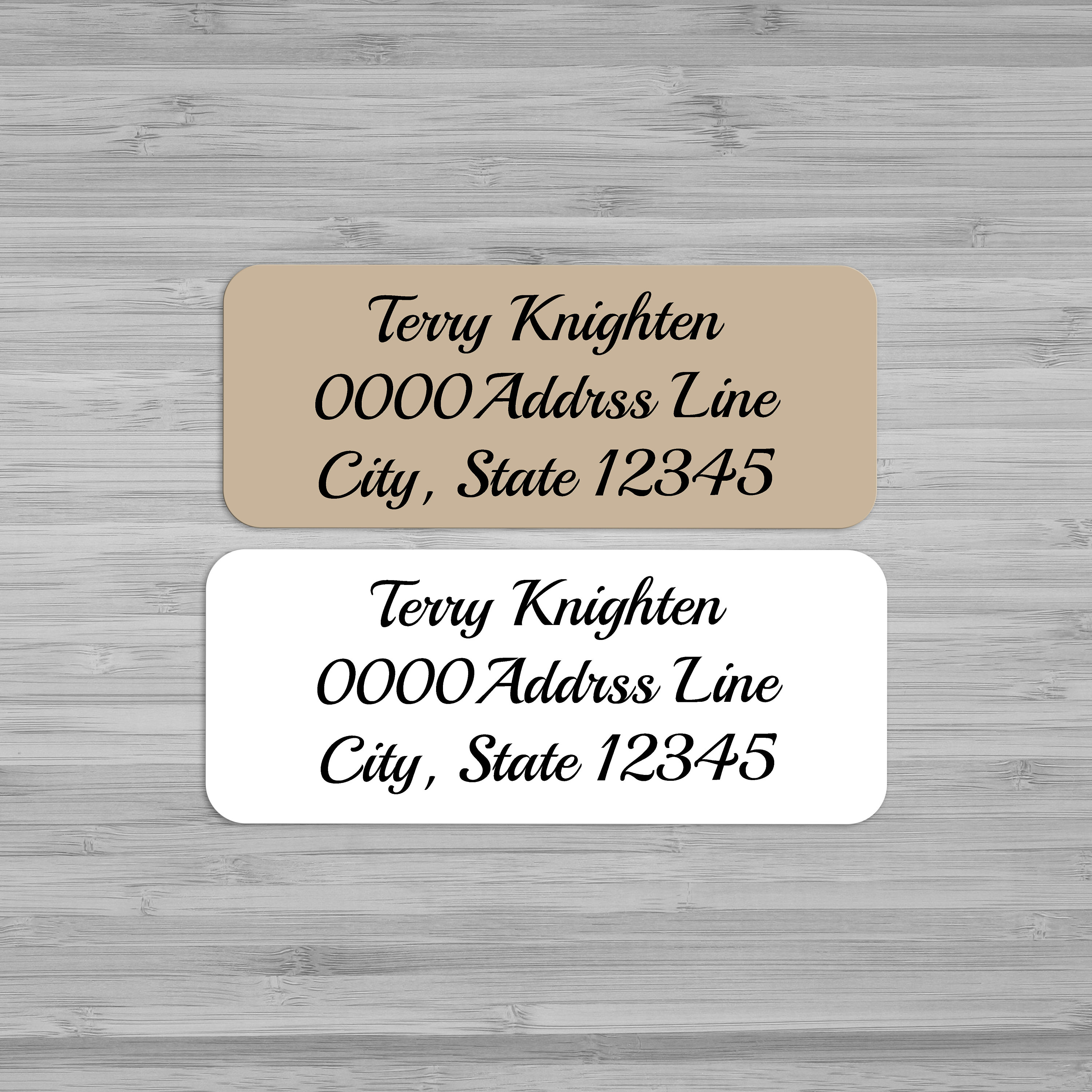12+ Shipping Label Examples to Download
Expecting and waiting for a package or a mail to arrive requires patience. Most of us had the patience of waiting when we know at least the approximate date of when it will arrive. However, there will be great uproar when we find out that our packages are delayed. Why? What’s the cause?
Among the causes that might delay our shipments or, worse, hinder them from being delivered are improper labeling, mislabeling, or no label at all, everything about labeling matters. Although items with no labels are not allowed to be shipped, there are certain cases where the attractive labels on the package are incorrect or contain typographical errors. Hence, the sender’s duty is to carefully check the labels and ensure everything is correct and free from discrepancies. Using standardized label templates can help minimize such errors and maintain consistency in packaging.
Hence, to help you with your shipping label designs, below are several examples that you can use. Check them all now.
Customized Paparazzi Shipping Label Example
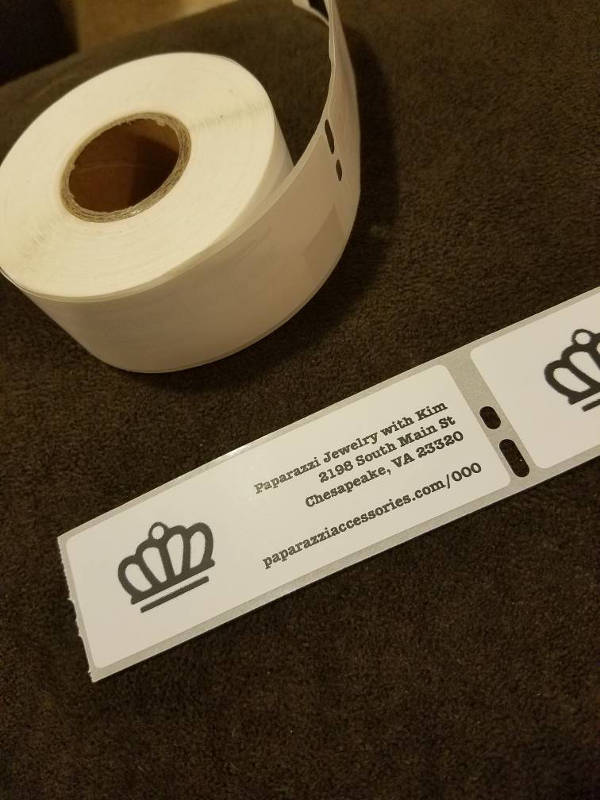
Packaging or Shipping Labels or Stickers Example
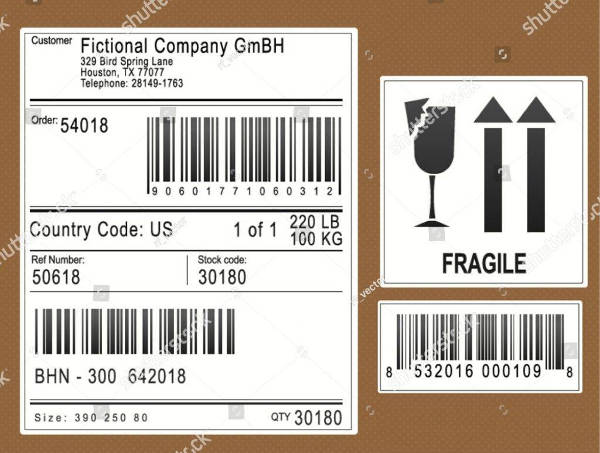
Canada Post International Shipping Labels Example
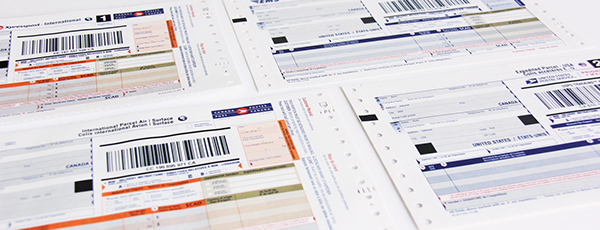
Shipping Labels 101
When talking about shipping labels, below are some shipping label basics and everything you need to know about shipping labels. These are the things that you must be aware of in order for you to know how to fill in the information on the labels, to know the specific areas that are required or optional, and to know how to track the status of your shipping. You may also see thank-you label designs and examples.
In this way, you take full control of your shipment, and you can be sure that your shipment will be delivered on time to the recipient without any hassle on part of the carrier. This is a simplified discussion with regard to shipping labels.
1. Definition
You might already be familiar with the term “shipping label,” but you may not understand what it really means and its purpose for your shipment. You may see that there are shipping labels on your packages, but you might have not appreciated its importance and significance. Hence, let us get back to the basic with regard to shipping labels. You may also like save the date label examples.
What is a shipping label? Basically, these are labels that are affixed to the shipping container with the purpose of providing all the necessary information to all the parties involved in the shipment. They provide key information to each person of your supply chain to move your package or shipment from hand to another or from the warehouse of the sender to the doorstep of the recipient. You may also check out bottle label designs and examples.
You also have to know that shipping labels are never a substitute for product package label. They only contain important information with regard to product shipment.
Different carriers use different templates for their own shipments, and you need to follow their specifications when you want them to ship your items to ensure good delivery.
Shipping Barcode Label Vector Example
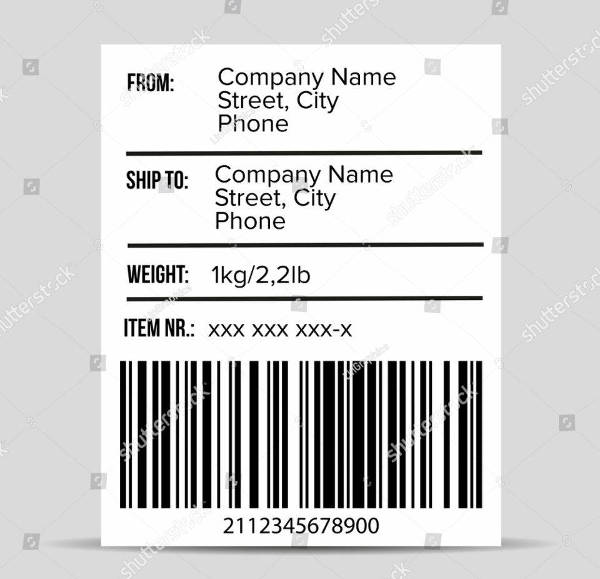
Travel Wise Shipping Labels Icon Set Example
![]()
Address and Shipping Labels Example
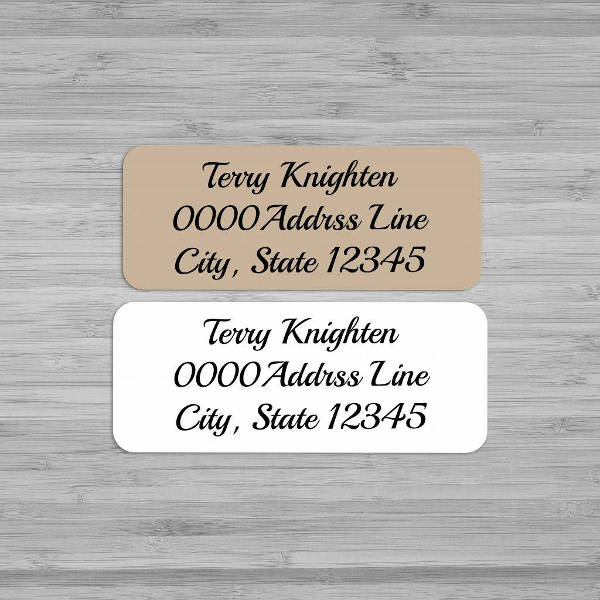
2. Requirements
There are different requirements and standards when it comes to shipping labels. This can either be IBM-specified or carrier-specified. The discussions for these two types are presented below.
IBM-Specified Shipping Labels
In this section, the general layout and content of IBM shipping labels are defined including the information and data elements that are used by the carriers. Carriers may place their tracking information at the bottom or below the IBM shipping label if it is not feasible to include carrier-required information on the IBM shipping label, but they must ensure that the carrier label must not obstruct the IBM label. You may also like different types of warning labels.
- General label layout – The label should be at least 5″ × 8.5″ or 127 mm × 216 mm. There are four main sections of the label: address section; section for routing, sorting, and other elements for shipping and logistics use; section for customer use; and lastly, freight tracking information section. In the first section, included are ship from, ship to, date of printing, mark for, return information, remarks, delivery, and other handling instructions. In the second section, included are the delivery area, ship to postal code, ship via address, carrier code, and bill of lading. The third section includes the customer purchase order, customer assigned part number, IBM order number, IBM product ID, and quantity. Lastly, in the fourth section, included are the case count, IBM case number, and carrier tracking number. You may also see wine label designs and examples.
- Elements on shipping labels – In this section, provided are the data elements, format, bar code data identifiers, and description. With regard to the elements, it can be classified as “required,” “required if,” and “optional.” The “required” element must be filled with value, the “required if” element is conditionally required and the condition must be explained in detail, and the “optional” element may or may not be printed based on local and other process requirements. Here is a brief classification of the elements:
- Ship from address – required
- Date of printing – required
- Ship to address – required
- Contact number of the customer – required
- Mark for – required if; required only if the data content is available
- Return information – required
- Special handling instructions – required if; required only if there are customer order remarks
- Ship to postal code – required
- Delivery area – optional
- Ship via address – required if
- Carrier code – optional
- Bill of lading – optional
- Dimensions of the item – required
- Weight of the item – required
- Customer purchase order number – required if; required only if the customer has assigned an order number to the shipment
- Customer assigned part number – required if; required only if the customer has assigned product ID to the goods
- IBM sales or plant order number – required
- IBM product ID – required
- Case number – required
- Case x of y – required
- Carrier’s tracking number – required if; required only if the data content is available and mandated by the carrier as specifications may vary from carrier to carrier. You may also check out graduation label designs and examples.
- Elements banned from a shipping label – There are certain elements that contain sensitive information or information that should not be visible to anybody in the transportation or shipping process and thus should not be printed on shipping labels. One of which is the price information or the customs value. The purchase price or any intercompany billing value must not be shown on the shipping label. Another is the unannounced sensitive product information. You might be interested in round logo design examples.
Carrier-Specified Shipping Labels
Apart from the IBM-specified shipping labels, there are also shipping labels that are specified by the carriers, thus called carrier-specified shipping labels. The scope and the elements are briefly discussed below.
- Scope – There are situations in which the carrier has very specific requirements that must be complied to depending on the carrier used for transportation. Because they may have very detailed and specific label layout and content that are not likely to match the IBM-specified label, they must have their own carrier-specified shipping labels, and there are basically two options: to apply the IBM-defined shipping label and let the carrier apply their specific label in addition or copy the carrier specified shipping label or even use carrier labeling services. You may also see best company logo examples.
- Required elements in the customer section – If labeling service of the carrier is chosen, there are data elements that need to be included in the carrier’s label. The data element presentation may be in the form of human readable text (HRT) or bar code (BC). Below is the summary of the elements and its classifications:
- Customer purchase order number – HRT, required; BC, optional
- Customer assigned part number – HRT, optional; BC, optional
- IBM product ID – HRT, required; BC, optional
- IBM order number – HRT, required; BC, optional
- Customer order remarks – HRT, optional; BC, optional
- IBM case number – HRT, optional; BC, optional
Shipping Label Barcode Template Vector Example

Mail and Shipping Vintage Labels Example
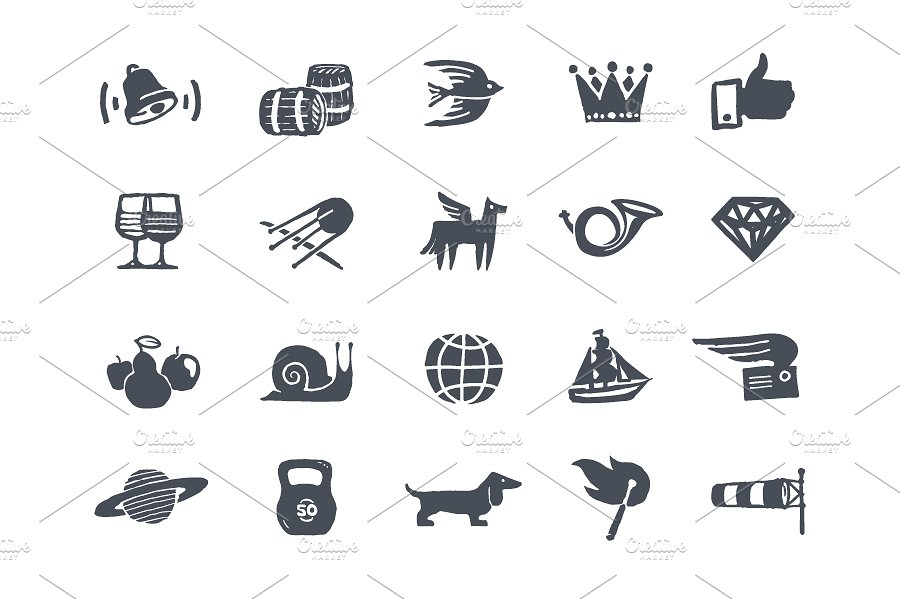
3. Special Considerations for “Ship To” Address
There are instances when several shipments are being consolidated or collected at a consolidation center before it is being shipped as one. The shipment is then sent to the end customer.
- In the USA, the “ship to” address is used to identify the consolidation center. On the other hand, the “mark for” address is used to identify the end customer or the recipient of the shipment. The shipment is then relabeled at the consolidation center. This is to show the “ship to” address of the final customer. You may also see abstract logo designs.
- In some countries like in China, showing the importing company as the “ship to” address is a legal requirement through relabeling at the IBM platform or the consolidation center.
- In Europe, the “ship to” address is used to identify the address of the end customer. On the other hand, the “ship via” address is used to identify the consolidation center. The carrier is directed to deliver the shipment to the “ship via” location, and the shipment is not relabeled at the consolidation center. You may also like examples of modern logo design.
These are just some of the special considerations with regard to “ship to” address in a shipment that you must be aware of.
Shipping Label on Box Example
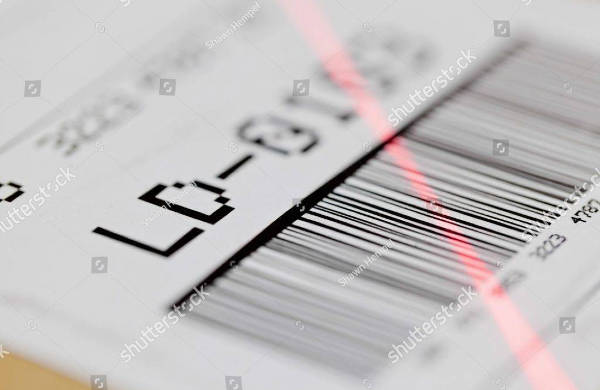
Customized Monat Shipping Labels Example

Package and Shipping Vector Labels Example
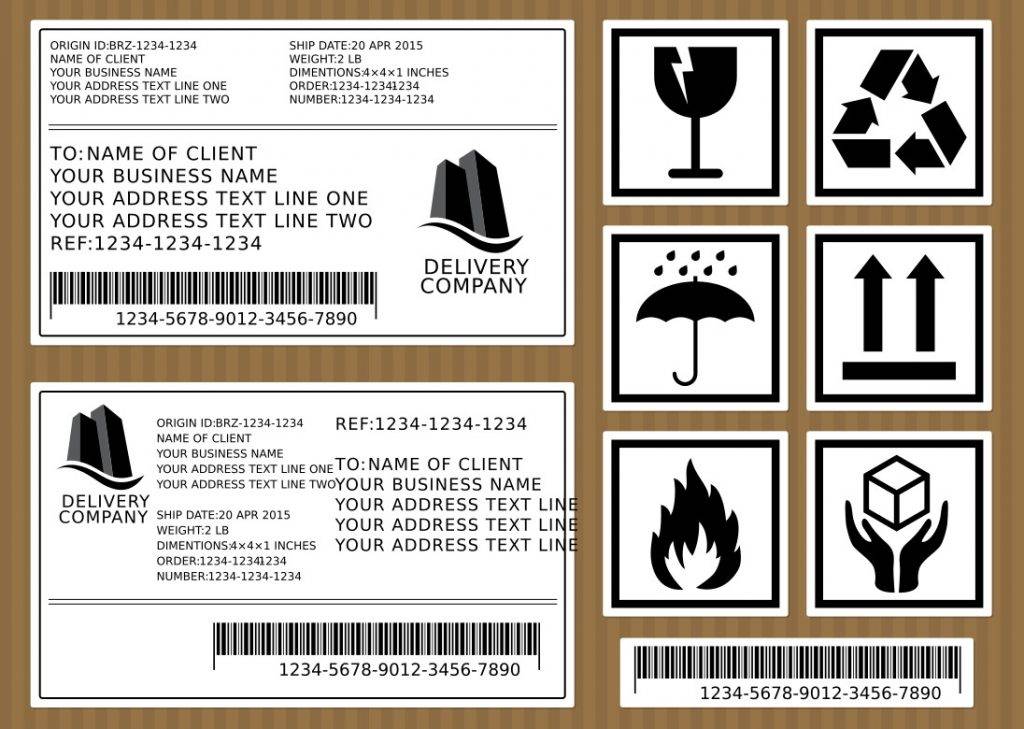
Shipping Label with Sample Text and Barcodes Example
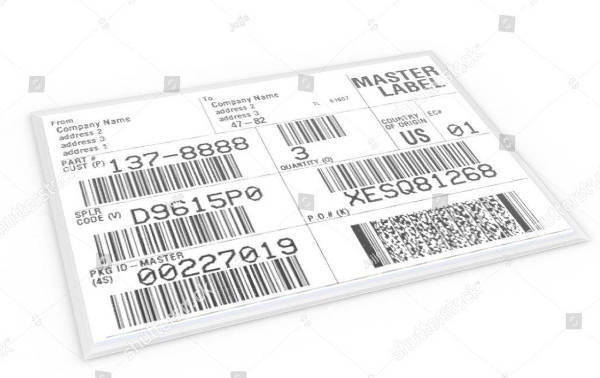
Last Say
It is important to have not just any label, but a proper label, to all your packages, mails, and any other shipments. You have to ensure that your labels are without errors for it to be immediately delivered to the intended recipient without a delay in the process. You may also see examples of the best logo designs.
The examples above show the different examples of shipping labels that might be helpful for your shipments. Additionally, discussions regarding everything about shipping labels are presented in the above section. The discussion includes the basics regarding shipping labels such as the definition, requirements that can be classified as IBM-specified shipping labels and carrier-specified shipping labels, and other special considerations with regard to “ship to” address. You may also like examples of corporate logos.
Knowing these things would let you know how to fill out the information required on the label as well as to know and track the current status of your shipment.
Now that you already have a general idea and some few examples of shipping labels, you can now create your own shipping label or you may use the examples given above.


